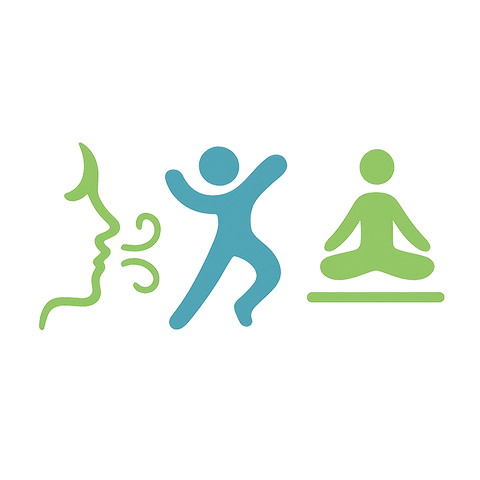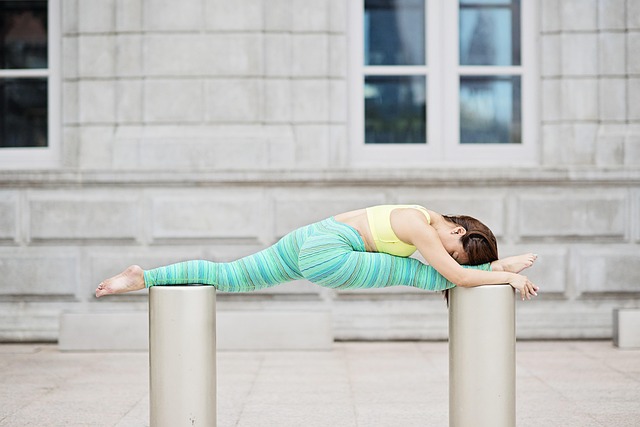Unlocking Mobility: The Importance of Cervical Spine Movement
When we think about mobility, the first things that often come to mind are our limbs: arms, legs, and overall physical fitness. However, one of the most crucial yet sometimes overlooked aspects of mobility is the cervical spine movement. This intricate structure at the top of our spine is essential for not only maintaining mobility but also ensuring a healthy connection between our brain and body.
The Role of the Cervical Spine
The cervical spine consists of seven vertebrae, from C1 to C7, and serves as the gateway for neural signals traveling between the brain and the rest of the body. This delicate structure allows for head and neck movements, making it vital in our daily activities, from turning your head to check for traffic while driving to simply looking down at your phone.
Why Cervical Spine Movement Matters
Cervical spine movement is about more than just the ability to turn your head; it significantly impacts your overall mobility and functional health. Limited mobility in this area can lead to a ripple effect, causing issues that extend beyond just neck pain. When your cervical spine is restricted, you may experience:
- Tension headaches: These common discomforts can stem from tight neck muscles due to poor cervical spine mobility.
- Shoulder pain: The interconnectedness of your neck and shoulder region means that limited cervical movement can result in shoulder discomfort or stiffness.
- Posture problems: A restricted cervical spine can lead to poor posture, causing further strain on your back and contributing to chronic pain.
Enhancing Cervical Spine Mobility
Improving your cervical spine movement is essential for maintaining optimal mobility. Here are some effective strategies to incorporate into your routine:
- Gentle Neck Stretches: Incorporate stretches that promote cervical mobility, like tilting your head side to side or looking up and down slowly.
- Regular Movement Breaks: If you spend long periods at a desk, take breaks every hour to move, stretch, and reset your neck position.
- Strengthening Exercises: Focus on neck and upper back strengthening exercises that support the cervical spine, such as isometric neck exercises.
- Mindfulness Practices: Techniques such as yoga or tai chi can enhance body awareness and improve cervical spine mobility through controlled movements.
The Connection to Overall Well-Being
Enhancing cervical spine movement is not just about physical mobility; it’s also linked to our mental well-being. When we experience pain or stiffness in the neck, it can lead to frustration and a feeling of being less capable in our daily lives. By prioritizing cervical spine health, we unlock the potential for a more active, engaged lifestyle.
Ultimately, maintaining a healthy cervical spine is essential for anyone looking to improve their overall mobility and quality of life. By recognizing the importance of cervical spine movement and taking steps to enhance it, we can pave the way for healthier, more vibrant living.




